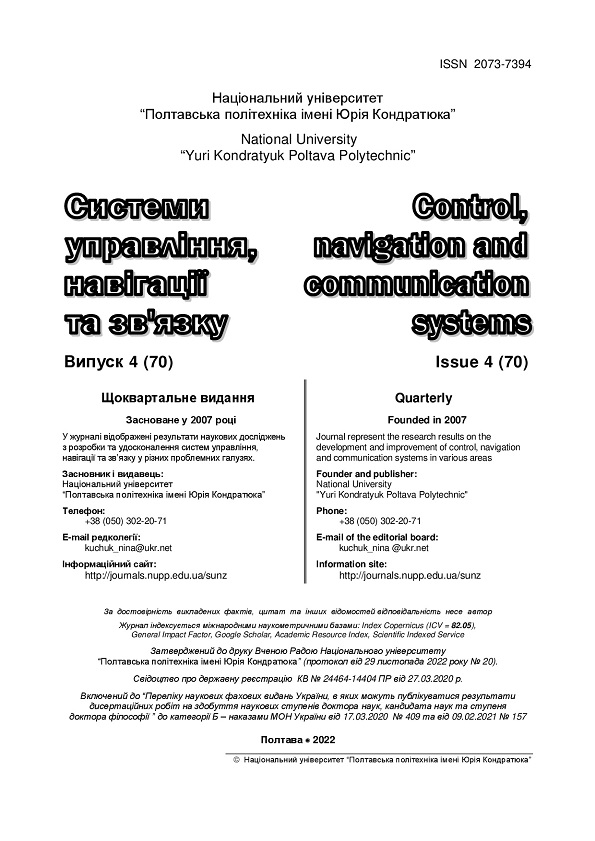COMPUTER SIMULATION MODEL OF EPIDEMICS USING THE PYTHON LANGUAGE AND THE EPIMODEL TOOL PACKAGE FOR THE R LANGUAGE
DOI:
https://doi.org/10.26906/SUNZ.2022.4.108Keywords:
computer model, simulation modeling, epidemics, virus epidemic, information epidemic, Python, EpiModelAbstract
The goal of this work was to create software for simulating epidemics and to research the capabilities of the Python language and the EpiModel toolkit for the R language in solving this problem. Modeling the processes of spreading and forecasting the consequences of epidemics, both infectious and informational and psychological, is an important scientific and practical task in our time. There are approaches and tips for modeling epidemics, as well as tools that can simplify the path to achieving the desired goal. Epidemic models are divided into two main types: stochastic model and deterministic model. The most famous mathematical models of epidemics are SI, SIR and SIS. A computer simulation model of epidemics was developed using the Python language and the EpiModel tool package for the R language. The model was tested on the example of the spread of infectious diseases, although it can also be used to model the spread of informational and psychological influences. The possibilities of the Python programming language and the R language EpiModel toolkit for simulating epidemics were investigated. The research showed that the given programming language and toolkit provide all the necessary tools for developing a computer model of epidemics. Python allows you to quickly develop programs for data analysis, Qt Designer allows you to create a convenient graphical user interface for Python applications, and the EpiModel toolkit allows you to implement the most common mathematical models of epidemics, in particular, SI, SIR and SIS. The structure of the social network in this model was not generated, but loaded from a part of the virtual social network, which accelerated the development, and the Python programming language allowed using its tools and libraries to create a parser and interaction with the API of the desired web-resource. A series of experiments with various parameters of the model was also conducted to check its efficiency and expected simulation results were obtained.Downloads
References
Brzezniak Z. "Basic Stochastic Processes: A Course Through Exercises (Springer Undergraduate Mathematics Series)", 2000, с. 236.
David P., Raftery A.E., "Inference for Deterministic Simulation Models: The Bayesian Melding Approach", Journal of the American Statistical Association 95, 2000, с. 1244–1255.
EpiModel [Електронний ресурс] – Режим доступу до ресурсу: https://www.epimodel.org/
Budd T., "An Introduction to Object-Oriented Programming", Addison-Wesley; Subsequent edition, 1996, 452 p.
Blanchette J., Summerfield M., " C++ GUI Programming With Qt 4", Prentice Hall Ptr, 2006, 537 p.
SQLite [Електронний ресурс] – Режим доступу до ресурсу: http://sqlite.org/
Число Данбара [Електронний ресурс] – Режим доступу до ресурсу: https:// uk.wikipedia.org/wiki/Число_Данбара
Інструмент розробника PyQt5 [Електронний ресурс] – Режим доступу до ресурсу: https://github.com/Abdelatief/Pyuic5-Tool




